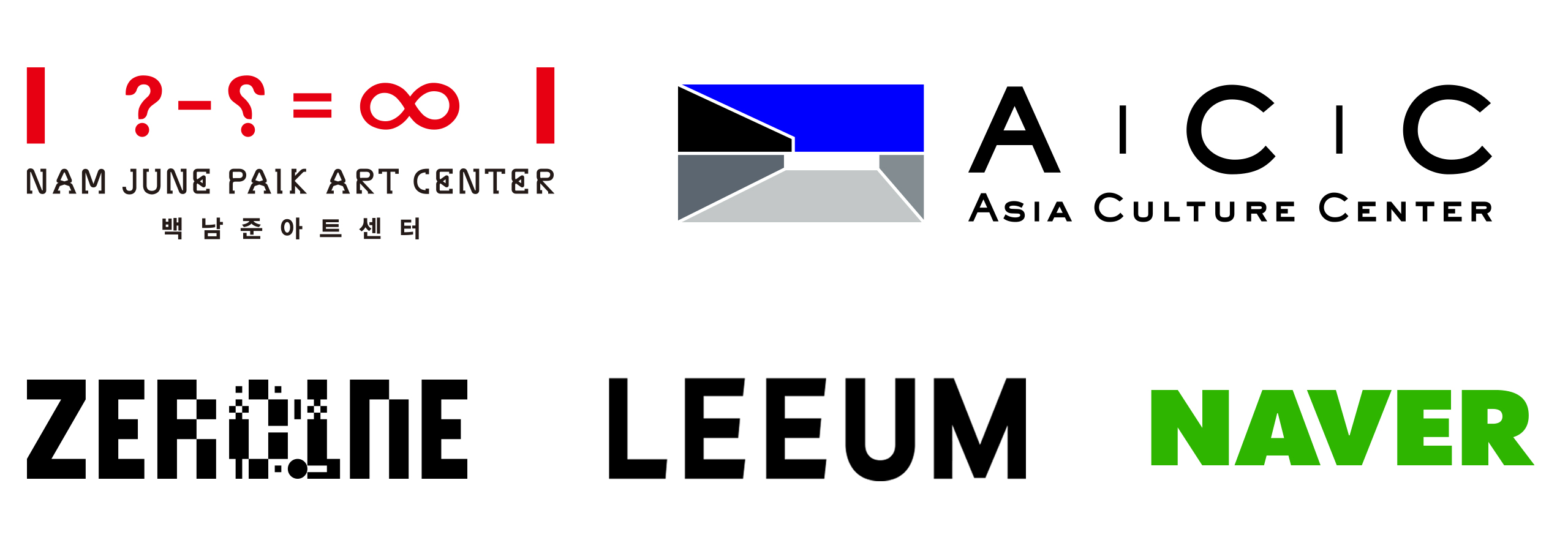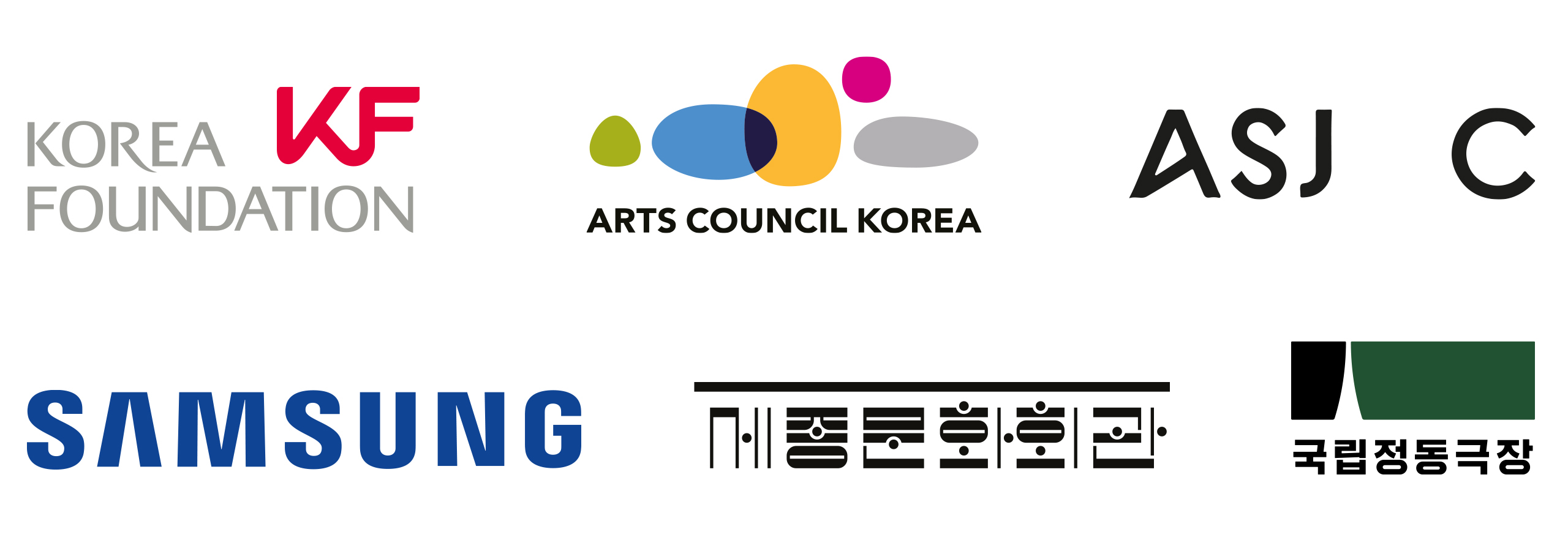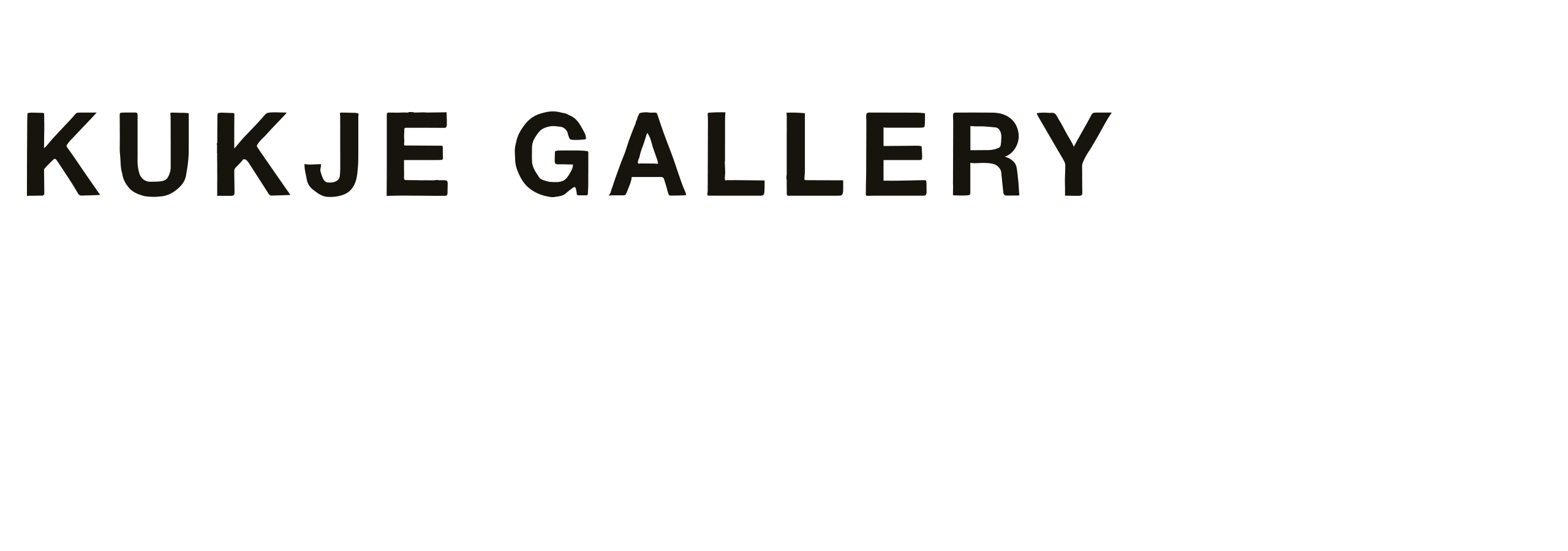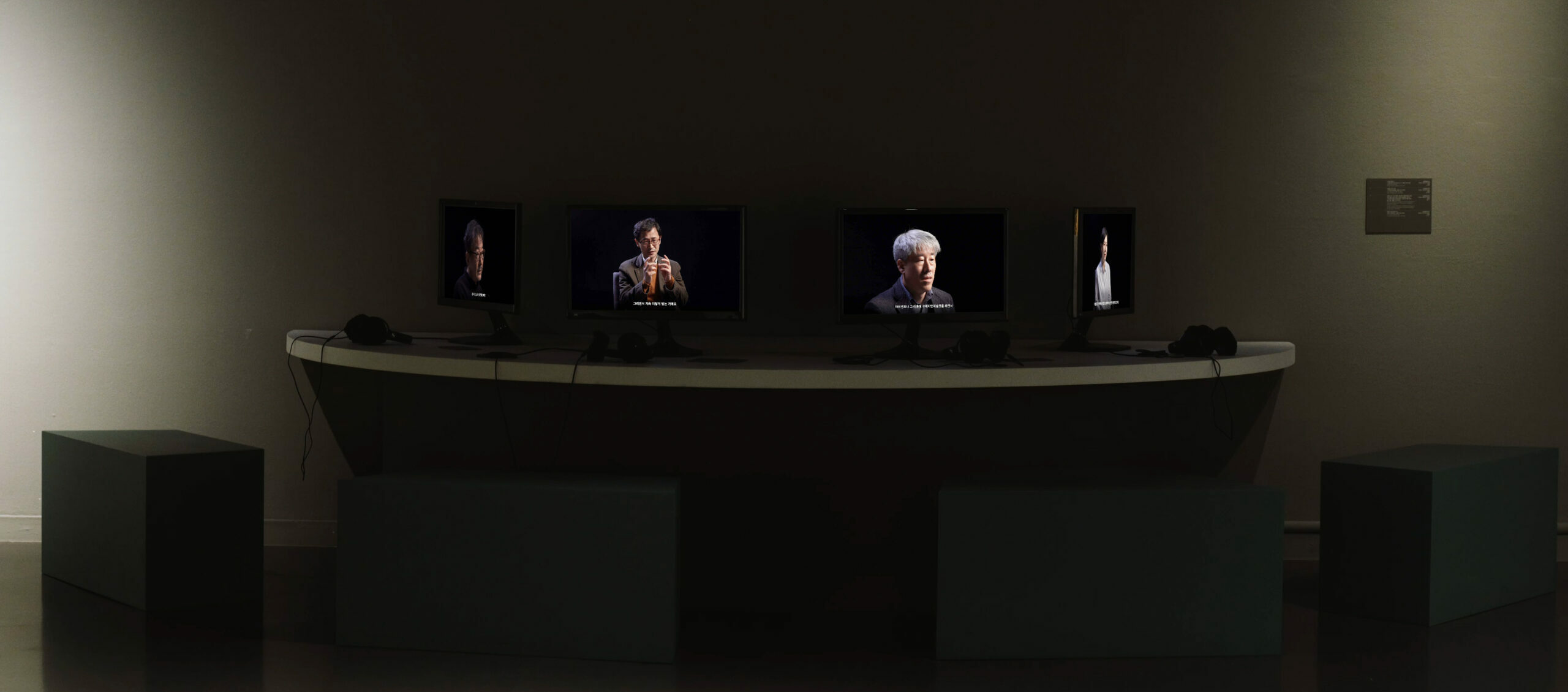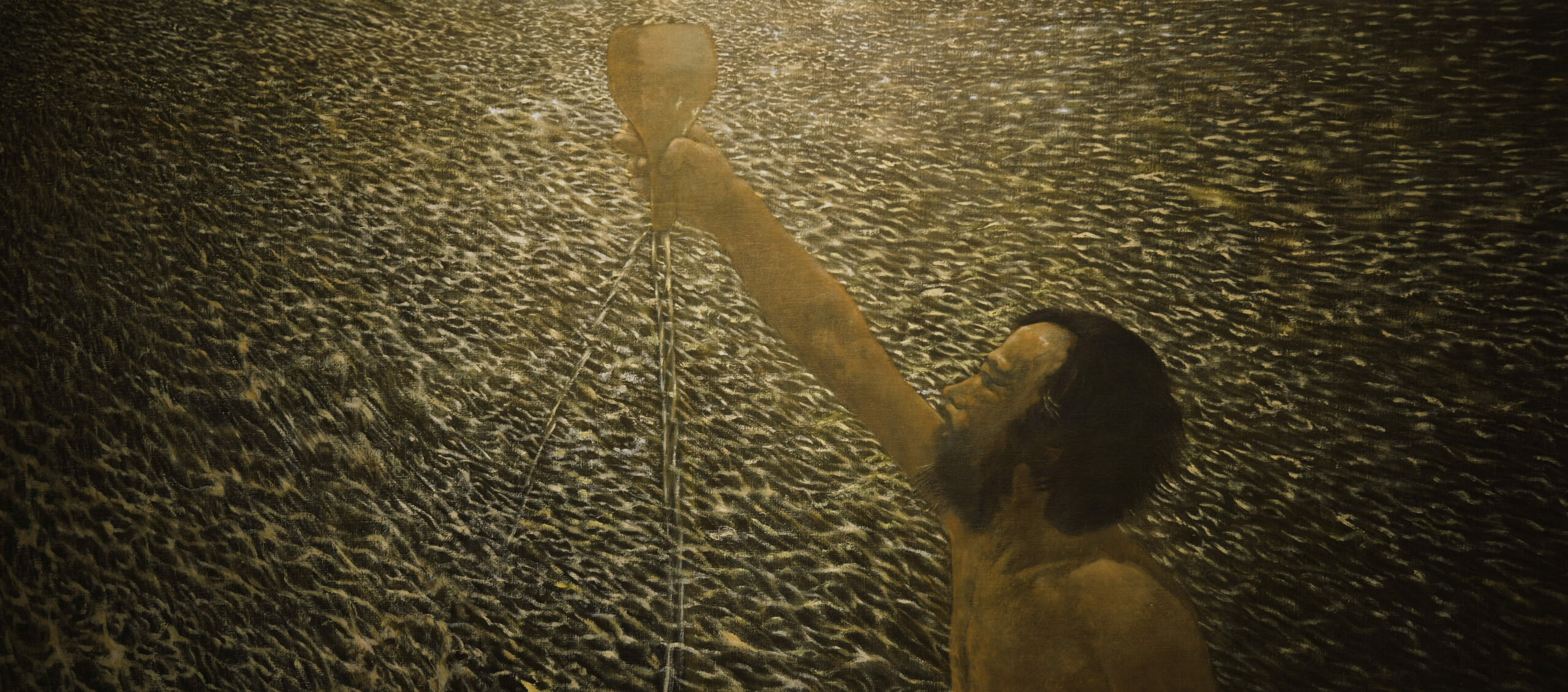I didn’t know Mr. Rim Dong Sik back then (in the 1980s). When I was doing video art, I lived in Daejeon. I believe Mr. Rim lived in Germany then. We had time differences. Mr. Rim came from Germany to Daejeon to do a show at Daejeon Cultural Center with a grant from Germany. I remember helping him with his exhibition. The first impression I had about him was… How should I put it? He had the eyes of a ponderer and the poses of it too. After the exhibition, Mr. Rim went back to Germany. I can’t remember exactly when, but maybe it was in the Spring of 1991. He visited my studio. The first thing he told me was “Are you still doing video arts?” That was how he spoke. I still remember that question. We got to talk more as we participated in the International Nature Art Exhibition of Geumgang. Since then, we have stayed very close.
I had a chance to participate in Yatoo, and therefore, I got to understand what it is a little. That was my first time to experience nature art and land art. We made some artworks together then. When Mr. Rim prepared the works, In my opinion, he gives his all in when there’s a project. In other words, regarding other issues in our daily lives, such as kids going to college or wife doing this or that, family doing what, he disregards them as if he chopping tofu with a knife. Then he dives into the project as soon as he wakes up. Then the artist after him or others don’t do their best. I remember there had been conflicts because of that. Surprisingly, I think the event was the biggest international event held in Korea at the time. It channeled what Mr. Rim preferred, such as things that were local and culture that was disappearing. He tended to feel very sad about it. I thought he deliberately spoke Gongju dialect in order not to forget it. That’s what I thought. He held the event with a really tight budget, but very well-known German artists came. With the grant from Germany they came to a small town in Gongju, slept in the tents provided by military troops to make art while eating strange Korean doenjang soup. Many had diarrheas because they were not used to Korean food. I was the one who invited the Japanese artists. I was well-connected with them because I visited Japan often for a performance. I believe six or five artists came. There was more than one country to suit the name of the event. It was very actively participated and gained nation-wide attention. However, Seoul didn’t pay much attention. Because back then, our country only cared about what was happening in Seoul, and I believe it’s still mostly the case today.
Actually, our country didn’t have a chance to look at the remote areas. The word “remote areas” is strange. Mr. Rim hated the term when it was brought up. He used to say “at the heart of Gonju and Seoul, the remote area.” “Even though we only had rice porridge if we had a good, fun time wouldn’t you call that happiness?” That’s what he thought. He felt sorry for the things that are disappearing so much. When I join a group of Yatoo for the first time, I participated in Outdoor Field Art shows with Mr. Rim at that time. Because I did media art, what I could do was filming. I was interested in things that change and move such as the current of water. Mr. Rim did a piece at that time, which took place in a small waterside. When the water at the edge of the waterside or pond comes and goes, it leaves lines on the soil. When the water retreats, it makes lines, and Rim draw a G clef on that lines. Now the lines are part of a score. It’s recognized differently. It is not a sound, but it becomes something with sounds. He transferred it with just with a G clef. I was shocked. I thought, ‘You can apply this kind of sentiment here’. For example, when Art and Village was over, and when the fall and winter began, it was a tough season for Mr. Rim. He got used to it and spent it well.
Since then, to pasttime, I remember him starting to paint. He painted Bonchuni and the Painter- Four Seasons, which I loved. Personally, I like the logic that you can find a bluebird not at the end of the rainbow, but under the eaves of one’s house. I liked how Rim’s works in that perspective that although he was in a miserable, cold, dreary season, he painted a kid from the town growing over the year with him. I thought it was a great idea. His work of art crossed paths with mine, because he had experiences in media arts in Germany. He knew well about the field of media art. That’s why we had many conversations when I asked him about it. I heard many stories about the media art scene in Germany. I transferred from doing performance media arts to installations. I did installations when I was invited to The International Nature Art Exhibition of Geumgang. That was a turning point for me to change paths. I had a work titled TV Hammer. It was in 1989. In 1990, I asked Mr. Rim about what he thought about the idea. He said it’d be a good piece that I should try it. I always talked to him a lot about the art-making process. He has been a great colleague to me.
Generally, as a teacher, he gave me great pieces of advice on concepts and others. Macroscopically, Rim Dong Sik had a sense of a cultural activist. He tended to see the forest, not the details and parts of the trees like the other artists. Most importantly, when people participated in international exhibitions in Hamburg and other places, they usually got recommendations of close artists, nationally well-known artists, or prolific artists to do group shows or international shows together. But Mr. Rim was different. He considered those artists from Gongju who came to make art with him every weekend innocent and continued to work with them. He exhibited their works in Germany and received excellent reviews. Now, it doesn’t matter if you did Yatoo, nature art, or land art. Whether you were noticed by the mainstream and whether it already existed in the field of art became an extreme divider in Korea, which means we didn’t have local arts. With love toward the local arts, he tried to preserve it in his ways. According to his own words, Mr. Rim created art as a critique and an alternative against Western arts created by and for “them.” He had lots in his mind, and not all of them were always joyful. There wasn’t enough money, and he was also alone. On some days, he couldn’t warm up his studio because he didn’t have money for gas. He spent hard time when I filmed him. In my opinion, times like that are similar to the time when you are having a delicious meal, and taste a sudden bitterness out of nowhere. We were enjoying a tasty meat soup, and something tasted unexpectedly bitter. That facial expression. Something like this. I remember those times sometimes. Similarly, Mr. Rim thinks positively about the situation, but once in a while, like a trauma, he feels the irresistible force. Something like, ‘Should I continue doing this thing?’ Every artist feels the same. Mr. Rim Dong Sik spent all day from the morning till night in a small studio communicating without the outside world, except a few occasional visits from me or Hong Myung-seop or other close friends like Yoo Keun Young. They are all seniors to me. We met up and talked, and that was about it. I think it’s still the case.
He is chased by something about the work and painting, and he paints meticulously, even though he has the sense to make many pieces in easily like many other artists. He uses fine brushes and exerts himself to the utmost. It shows especially well when he paints veneers. I know it because I painted veneers myself before. It not only requires skillful techniques, but also depending on shading, how hard you press the brushes the veneers disappear when the paint isn’t properly reapplied. I found it amazing that he had reached the fine state. He always did his best to paint even a blade of grass on the corner of the canvas. I don’t know if he does that deliberately, but it has become his so-called second nature. Even if it wasn’t important, he treated it important when painting. That’s why he paints for a long time. He also has talents in painting. In the end, that is the reason he has a show now at this place. Only one problem remains. When this exhibition is over, when the Korean art scene is ready to look back at itself, I think people will have a more clear view on the artist Rim Dong Sik.



